Insurance and Sustainable Development (SDSN Position Paper 2025)
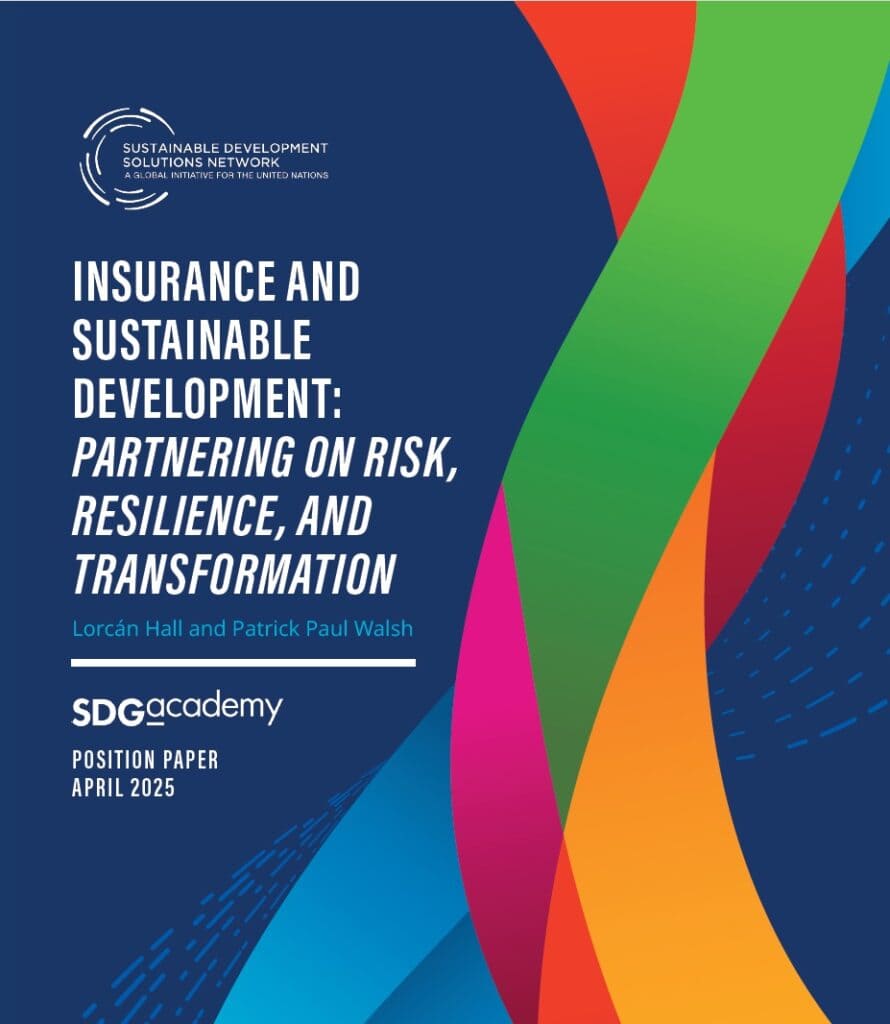
The SDSN Position Paper highlights the insurance sector’s vital but underutilized role in sustainable development, emphasizing its potential to manage risk, build resilience, and support transformative change.
Towards successful policy coherence for biodiversity and climate – Learning from case studies
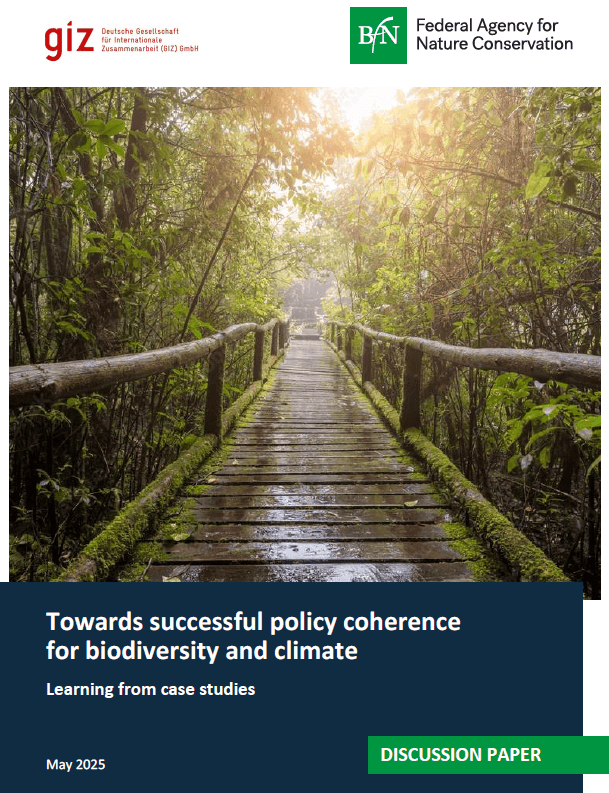
The paper primarily addresses national policy makers engaged in climate and biodiversity policy. It presents concrete case studies on enhancing policy coherence for biodiversity and climate from across the globe and across different governance levels.
Assessment of Dzuds in Mongolia

This technical report presents the methodology for analysing the probability of occurrence and severity of Dzuds in Mongolia. It also presents findings for the period 2024-2100.
Water-related Climate Hazards and Adaptation Measures in Mongolia
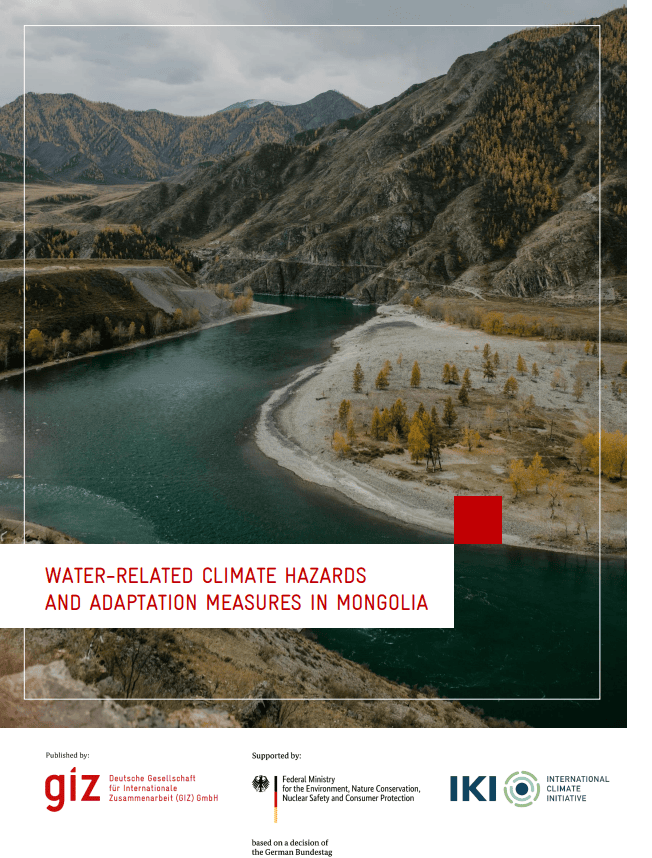
This report presents the most pressing water-related climate hazards in Mongolia together with their probability of occurrence and severity until 2100 as well as possible adaptation measures.
Water-related Climate Hazards and Adaptation Measures in Kazakhstan
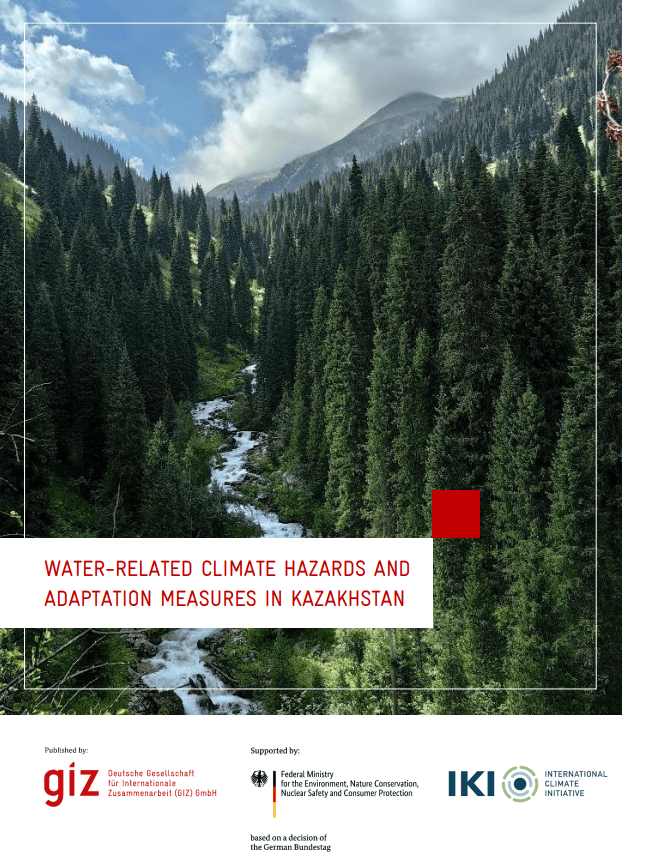
This report presents the most pressing water-related climate hazards in Kazakhstan together with their probability of occurrence and severity until 2100 as well as possible adaptation measures.
Comparative Analysis of the Existing Criteria, Principles and Safeguards for the Implementation of Nature-Based Solutions – Background note by IISD and GIZ
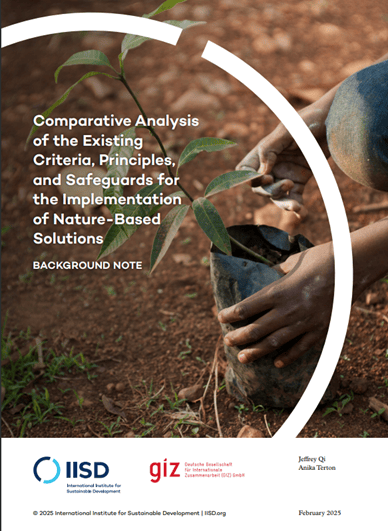
IISD and GIZ have developed a background note analyzing two key international standards and guidelines of high relevance for Nature-based solutions. It compares their principles, safeguards, and implementation requirements and shows similarities, differences, and gaps, as well as the interrelationships and commonalities between the two existing international standards.
Sistematización de modelos, conocimientos ancestrales, prácticas y técnicas del puebloMaya K’iche’
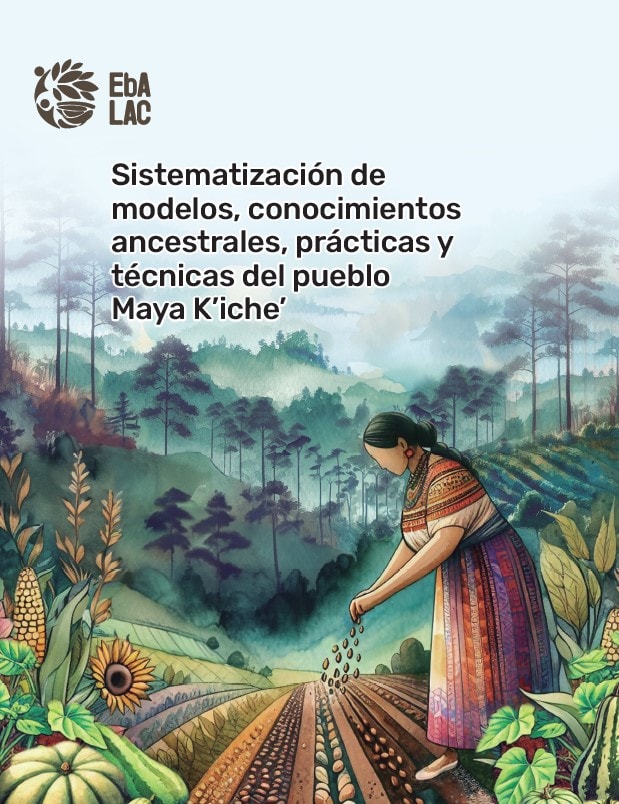
Sistematización de modelos, conocimientos ancestrales, prácticas y técnicas del pueblo Maya K’iche’Escalando
La “Sistematización del modelo de producción basado en los conocimientos ancestrales, prácticas y técnicas del pueblo maya K’iche’”. Es el resultado de la investigación realizada en el territorio del departamento del Quiché en los municipios priorizados por el programa.
Biodiversity Loss and Climate Change are also Gender Issues
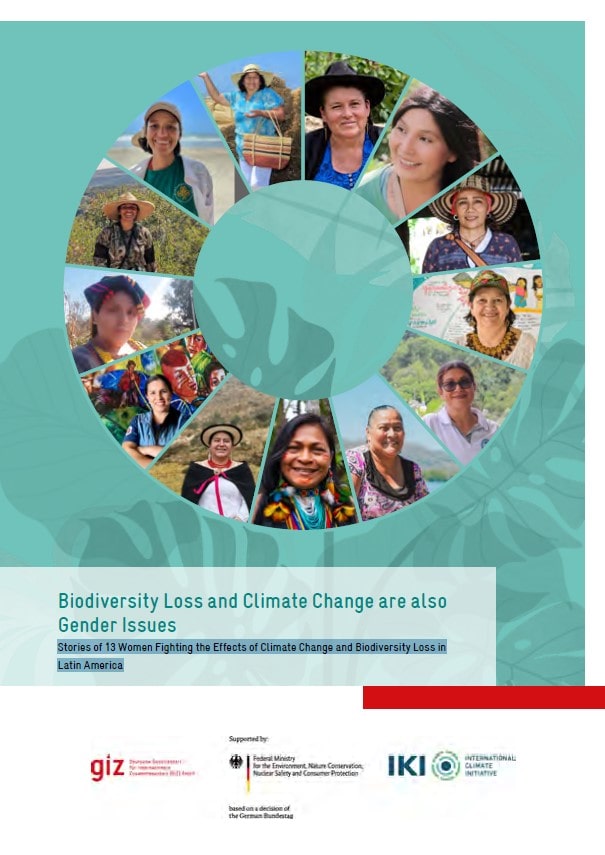
Stories of 13 Women Fighting the Effects of Climate Change and Biodiversity Loss in Latin America
The adverse effects of climate change continue to disproportionately affect women. However, amidst this crisis, there are countless inspirational stories of women committed to safeguarding biodiversity and advocating for a resilient and sustainable future.
In this series we explore thirteen stories of women across Latin America, from Mexico to Bolivia, who are asserting their rights and taking on leadership roles in ecosystem based adaptation within their local communities.
La pérdida de biodiversidad y el cambio climático también son una cuestión de género
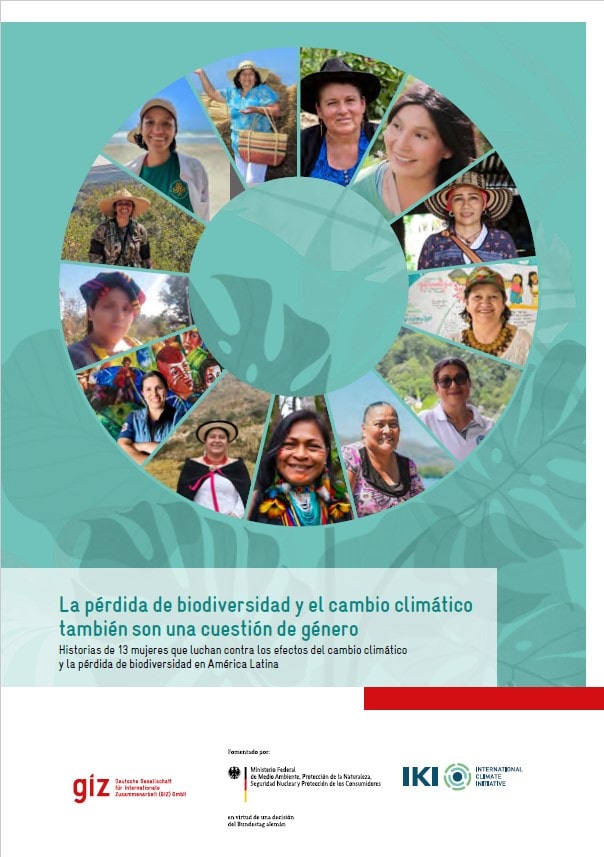
Historias de 13 mujeres que luchan contra los efectos del cambio climático y la pérdida de biodiversidad en América Latina
En esta serie exploramos trece historias de mujeres de América Latina, desde México hasta Bolivia, que ejercen sus derechos y actúan desde un rol de liderazgo en acciones de adaptación basada en ecosistemas a nivel local.
La adaptación al cambio climático en el sector financiero
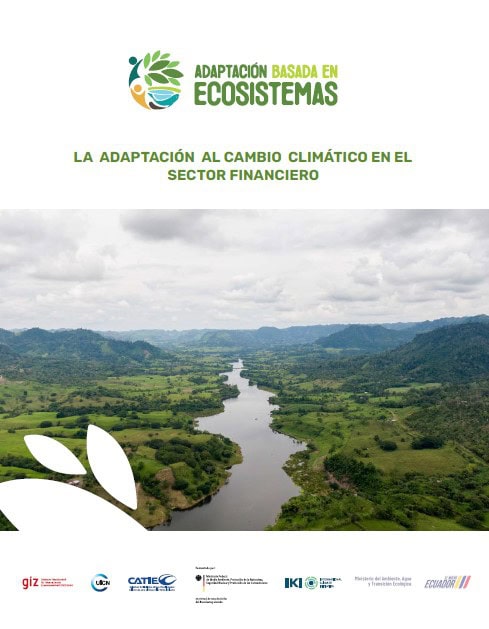
El documento “Adaptación al cambio climático en el sector financiero” explica como la integración de medidas de adaptación al cambio climático en productos financieros y de seguros tiene sentido desde un punto de vista económico.
